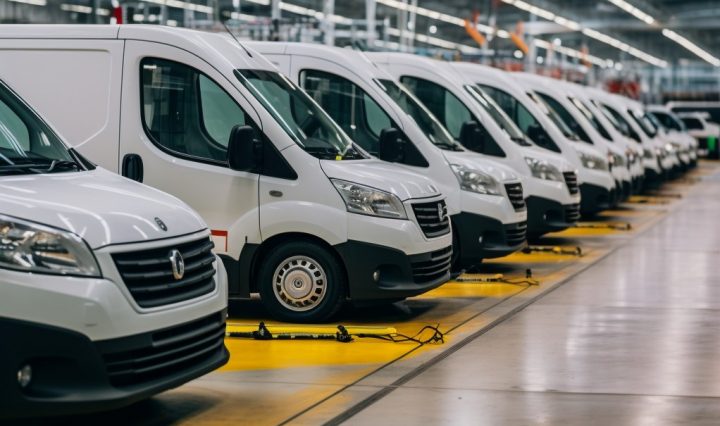Van drivers are being misled over the true range of their new electric models, says a trade body.
A better labelling system for the range of electric vans is becoming “critical to adoption”, says the Association of Fleet Professionals.
The organisation first highlighted the inadequacies of the existing WLTP figures last year and, says chair Paul Hollick, this winter has only made the problem more apparent.
“We’ve had reports during the last few weeks from operators of electric vans with a WLTP range of 200 miles experiencing half that range with a full load in cold conditions. That’s a reduction that is extremely difficult for fleet managers to work their way around in operational terms.
“Ultimately, it means that the official data designed to guide fleets towards making informed buying decisions is at best, inaccurate and, at worst, leads to the purchase of vehicles that are not fit for purpose. These are very expensive mistakes for businesses to be making.”
The WLTP tests are very strict but to many engineers actually misrepresent real-world results and it is the same with petrol and diesel powered models because they are conducted in closed test centres and do not take into account weather, vehicle loading and acceleration conditions.
Paul said that WLTP labelling for vans needed to cover not just a load-free vehicle in warm conditions but a variety of payload and weather variations.
“Ideally, we’d end up with a grid that perhaps showed how vans operated with no load, a medium load and a full load in warm, normal and cold conditions. Also, it would be useful to know something about towing capacity. This is not a complex or onerous request but a fundamental one bearing in mind the technology.
“Ultimately, having an accurate idea of how electric vans will perform in real world conditions is critical to their successful adoption. Fleet managers can’t make informed buying decisions without having a good indication of range. Instead, they are coming into work on cold mornings and finding that the routes they had planned are unviable, sometimes creating huge difficulties.”


